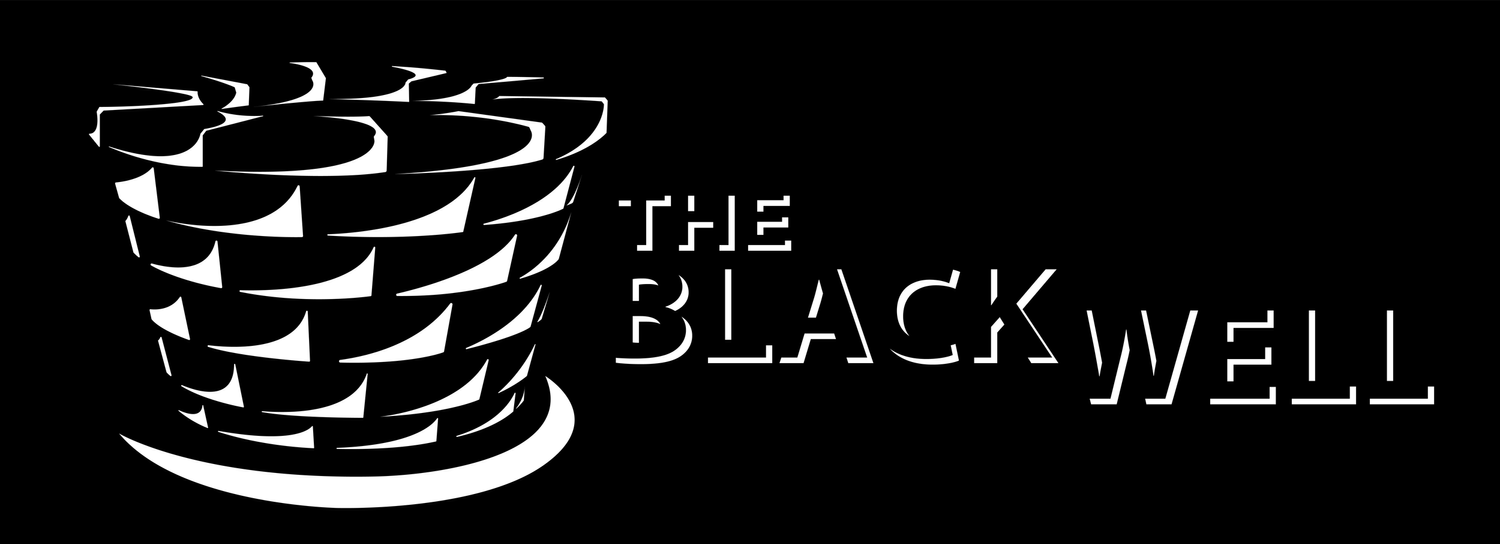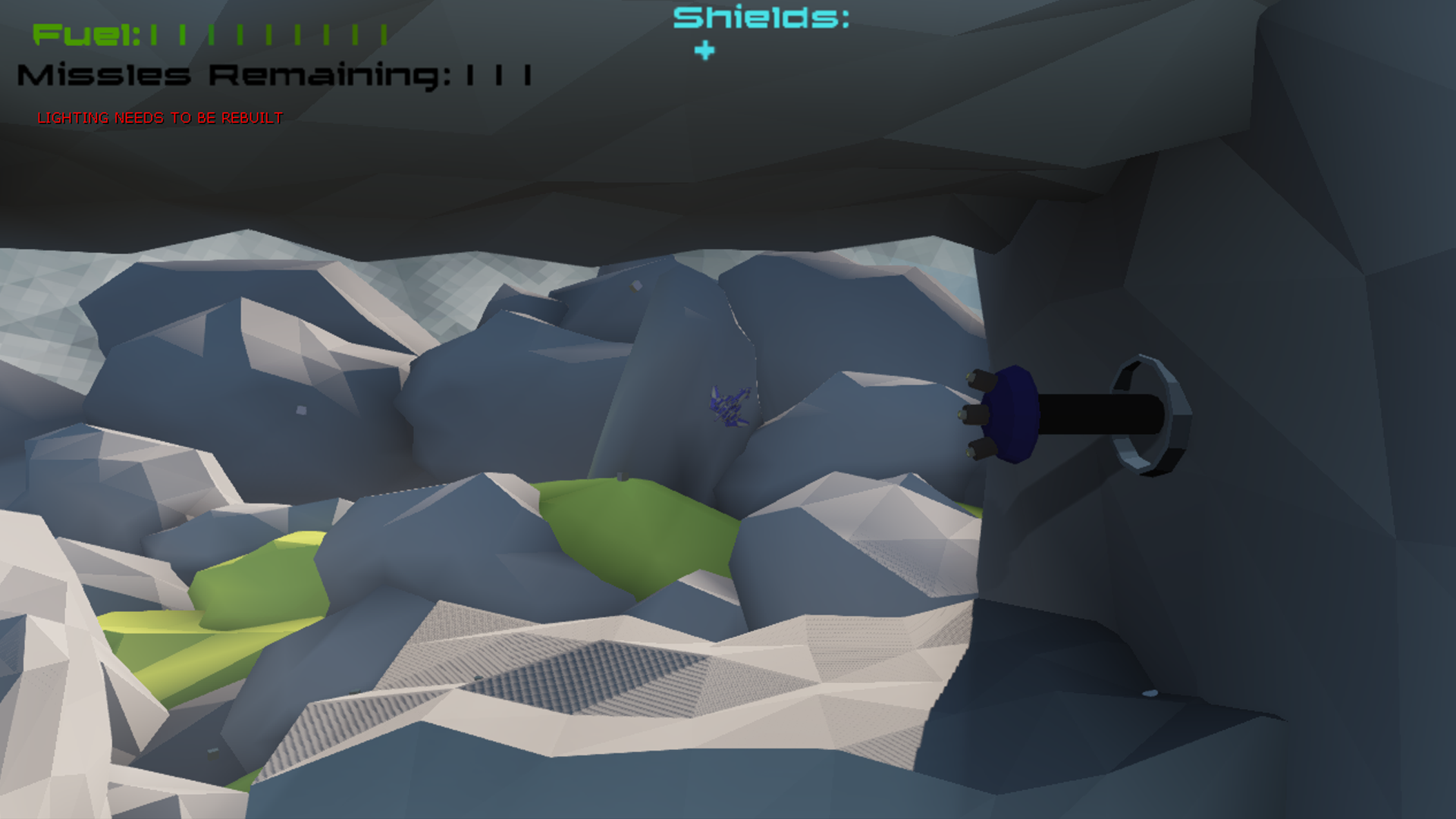Project: Inertia
Beginning as a class project in early 2014, Project: INERTIA was envisioned as a spiritual successor to Sub-Terrania for the SEGA Genesis with a low-poly aesthetic and inspiration from the PixelJunk Shooter games. The core concept involved piloting a mining ship through the caverns of a distant planet and navigating the environment by solving puzzles, saving lost explorers, and defeating enemies.
A proof of concept featuring five enemy types/hazards and a mini-boss was created using Unreal Engine 3. Although the prototype has been lost, a single screenshot of a test build has survived.
Role: Level & Enemy Designer
Contributions:
Sketched maps and enemy types to discuss and vote on with the team
Developed a boss and its related attack patterns
Blocked out and iterated on the level using Unreal’s toolset
Modeled each enemy type and assisted in ai implementation
Fleshed out the finalized level with props and lighting
Concept Sketches
As initial programming took place, I began work on sketching ideas for the environment including enemies and hazards.
One proposed idea was to create a tutorial zone where the player learned the controls before descending into the planet’s surface via a series of hatches that required them to visit three different rooms. In each room, they would learn one core pillar of the gameplay. These would have been shooting, landing, and ship spinning.
Another concept I came up with was a hypothetical first boss. This “mecha worm” would have traveled around the borders of the stage and appeared out of holes, firing out different attacks. The side of the room it appeared from would have determined the attack pattern being initiated.
Although everyone was enthusiastic for these ideas, we had to cut them due to time constraints. Since this project was meant to be a “full” experience to get the idea across, it was better for the focus to be on a singular level. However we did have time to include a very simple version of the “mecha worm,” turning it into a kind of mini-boss instead.
Blockout First Pass
Once the team’s programmer had the player mechanics ready, I used that movement to help determine the spacing for each area the encounters were planned for. This also gave me a chance to further develop puzzles and enemies. At the same time, I modeled the assets that would eventually become our enemies.
I began implementing simple enemy ai so players would have something to shoot at. I also started placing specific triggers we would use for environmental puzzles and pick-ups.
Final
After a few more changes to the layout and enemy patterns, the final level began to take shape. At this stage I was responsible for placing props, additional enemies, updated triggers, and overall lighting. A foggy haze was also added to push the lower half’s feeling of being underground compared to the top half of the level.
The player would spawn near the top right corner of the screen and be tasked with travelling to the left and to activate a switch protected by enemies. This switch would begin the process of opening three hatches located to the right of the screen.
The second switch was below and guarded by the mini-boss. While not required to defeat it, the third hatch would only release after a certain amount of enemies were defeated. However, this mini-boss could also unlock it if defeated.

